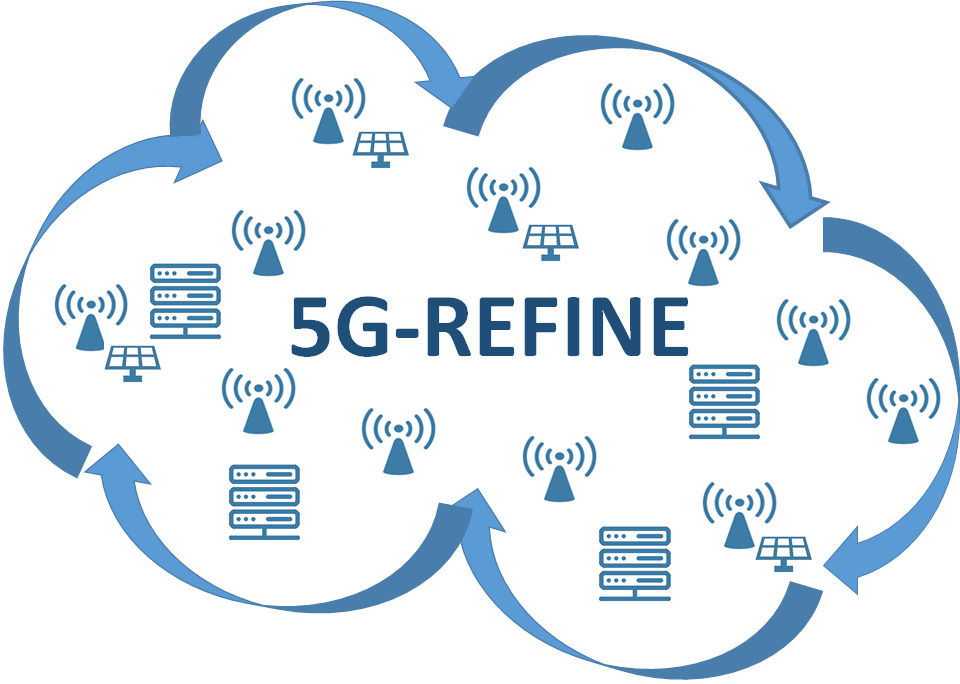
End: 30/06/2021
Funding: National
Status: Completed
Mobile Networks (MONET)
Acronym: 5G-REFINE
Call ID: TEC2017-88373-R
Code: TEC2017-88373-R
5G-REFINE stands for REsource EfFIcient 5G Network. Its vision will be materialized if a new network ecosystem is created by moving from (mostly) single service (e.g., mobile connectivity for traditional operators) single provider networks (current situation) towards a live network able to react to previously unknown service needs, including any vertical (e.g., media&entertainment or public safety). Network slicing plays a key role in this respect. It is implicitly assumed that there is a smooth handling of all administrative relations between parties involved through the definition of open APIs and the integration of new currently non-conventional players in the telco industry.
The successful realization of such vision starts from the 5G-REFINE initial hypothesis: transforming 5G (and network slicing) from hype to reality will only be possible through an end-to-end (E2E) global view of the network built based on a deep knowledge of the operational details of RAN, computing, storage, and wide area network resources. Fulfilling the 5G demands and diversity entails a diverse and complex to manage infrastructure, from radio access to core. Therefore, there is the urgent need to find efficient ways to fulfill these increasing demands in a cost effective way.
The work of 5G-REFINE is organized around three main objectives: 1) Design of an end-to-end network slicing architecture, 2) Integration of end-to-end resource management, and 3) Development of the 5G-REFINE validation framework. Along these lines, combining NFV and MEC with SDN principles offers the required programmability (hence flexibility). On top of this framework, network slicing is the key concept in network architecture design that holds a lot of promise to tackle the above challenges. Still, there are some fundamental questions to solve (e.g., How is a service defined? What is a slice? How is the slice created/modified/deleted? In the RAN, what are the implications of network slicing on spectrum and energy management? How is 5G-New Radio, including mmWave access and coexistence in unlicensed band, integrated in the end-to-end picture?). Furthermore, 5G-REFINE moves concepts from paper to reality by developing advanced simulation/emulation platforms and prototypes and advanced ns-3 simulation modules delivered to the community as open source code.
5G-REFINE aligns with Plan Estatal 2013-2016, namely Digital Economy and Society and its thematic priority on mobile networks and systems, with impact in vertical industries. The 5G-REFINE architectural work may also entail an economic impact, since when an interface is introduced in the architecture, new business models appear.
Additionally, fundamental tasks to disseminate 5G-REFINE results will be internationalization, training, dissemination and exploitation through, among others, publications, participation in H2020 projects and international contracts with cutting-edge industry, doctoral schools of Marie Curie actions, industry-oriented events (e.g., Mobile World Congress), outreach activities to the general public, and open source project contribution (e.g., ns-3, ETSI OSM). The substantial experimental and evaluation component of the work is also expected to contribute to technology transfer and to be a nice training environment for the students participating in the project.
Coordinator
